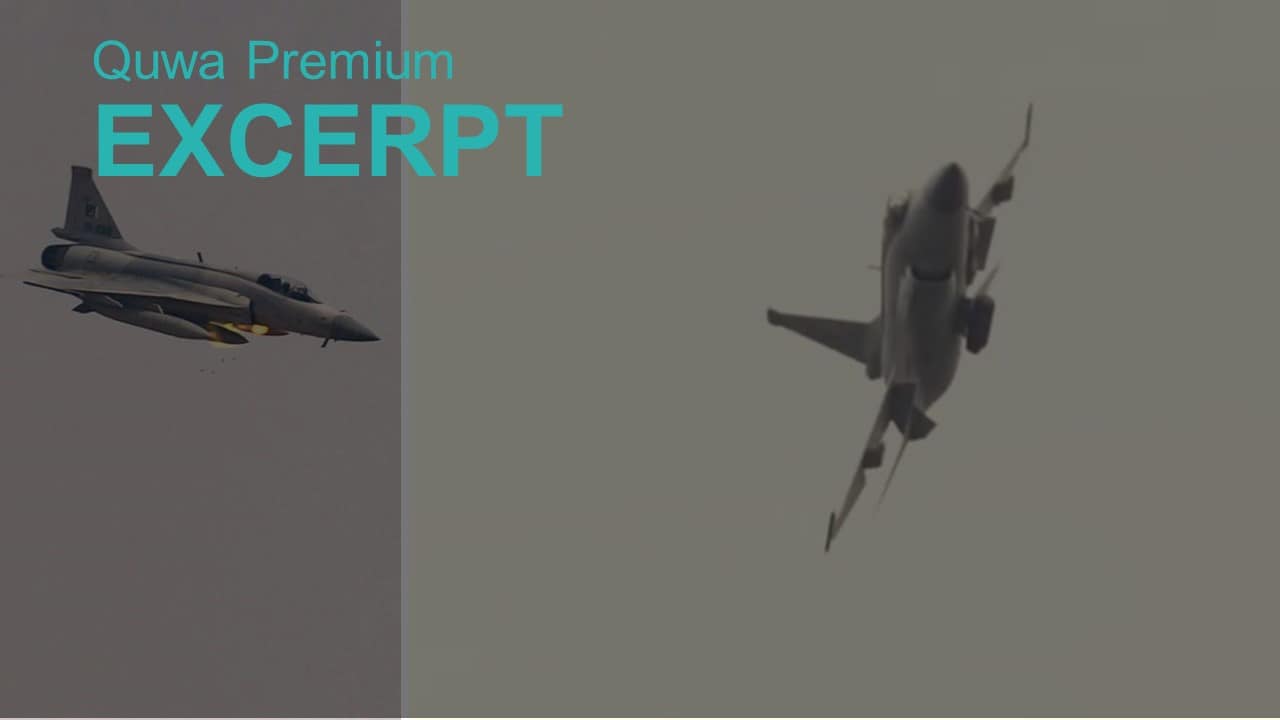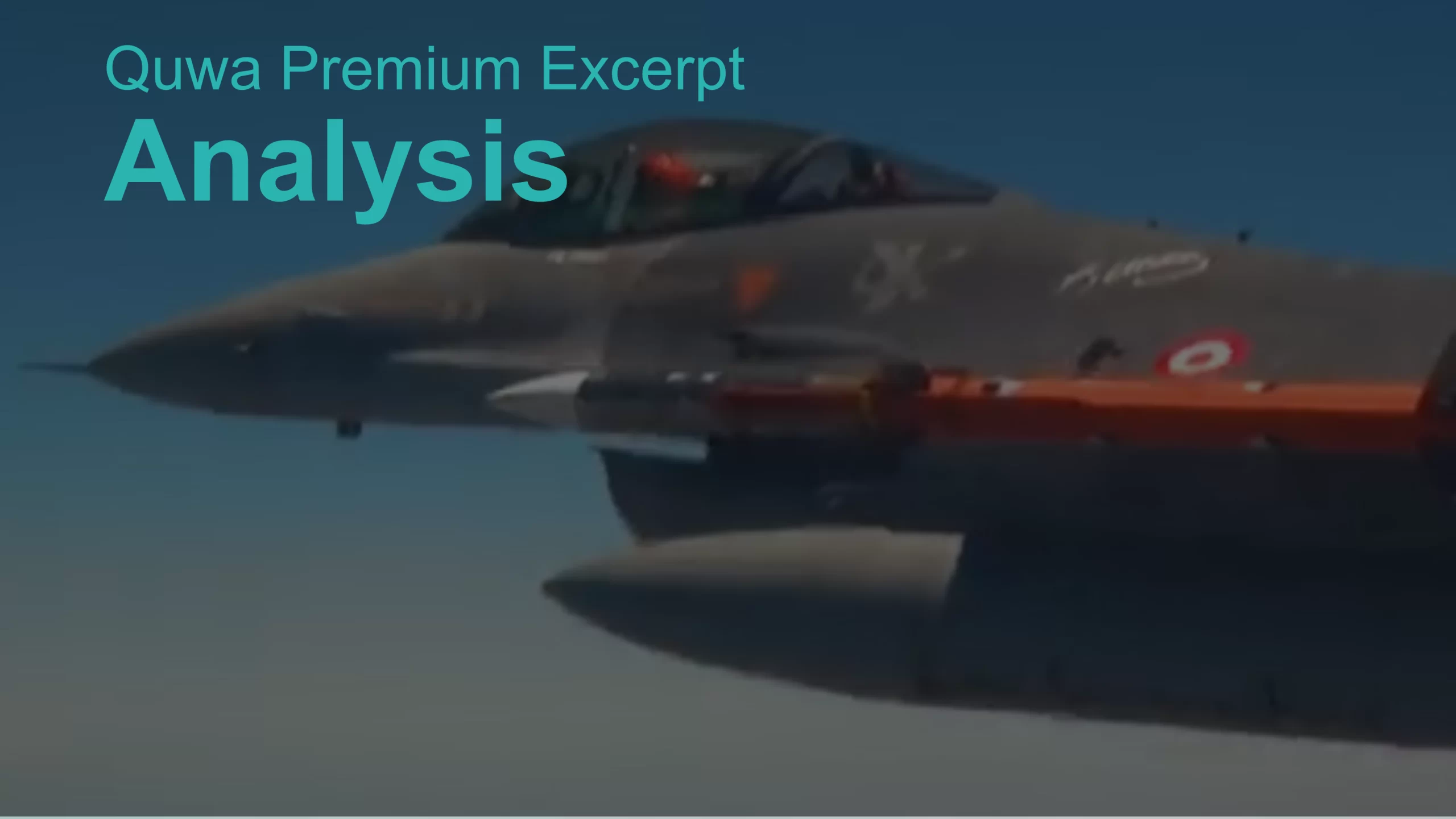2044Views

Pakistan Positioning JF-17 for Ground Attack Role
The Turkish defence electronics supplier Aselsan reportedly said that the Pakistan Air Force (PAF) has 50 ASELPOD targeting pods on order. The PAF ordered its first batch of eight ASELPODs in 2016, with reports of follow-on orders of unknown quantities. In 2018, Aselsan confirmed that it and Pakistan Aeronautical Complex (PAC) successfully integrated the ASELPOD to the JF-17 Thunder.
This recent news would confirm that the PAF is not only committed to inducting the ASELPOD, but that it will position the JF-17, its mainstay fighter, as a prominent ground attack asset.
Currently, the PAF has equipped the JF-17 to deploy the 60-100 km Range Extension Kit (REK) or Takbir – i.e., a precision-guided bomb (PGB) kit for MK-80-series general purpose bombs (GPB) – and C-802 anti-ship cruising missile (ASCM). A laser-guided bomb (LGB) should follow the integration of the ASELPOD. In March 2019, the PAF also test-fired a new precision-guided munition of an unknown typev.
With the ASELPOD, the JF-17 can hit fixed and moving ground targets. In terms of the latter, it can use the ASELPOD to designate – or “lase” – a target for its LGBs, even if the target is moving. Similarly, the JF-17 could also, potentially, use laser-guided air-to-ground missiles (AGM) – though it is not known if the PAF is seeking an AGM (akin to the AGM-65 Maverick).
The Case for Repurposing Older JF-17s for Ground Attack Missions
On first thought, it would make sense for the PAF to equip the upcoming JF-17 Block 3s with the ASELPOD. The JF-17 Block 3 will reportedly have a greater payload and, potentially, a dedicated hardpoint for special mission equipment, such as targeting pods, reconnaissance pods, and others.
However, the Block 3 will also be a high-tech asset with more qualities suitable for operating in contested air space, such as an integrated electronic warfare (EW) suite, active electronically scanned array (AESA) radar, and helmet mounted display and sight (HMD/S) with high off-boresight air-to-air missile.
The Block 3’s main purpose will likely be to shore-up the PAF’s ability to fend-off high-tech threats, such as the Dassault Rafale (albeit, with the need of greater numbers and other supporting assets). However, for ground attack missions, especially in a low-intensity, counterinsurgency (COIN) context, the PAF may rely more heavily on the JF-17 Block 1 and/or Block 2.
There is a limit to the Block 1 and Block-2’s upgrade potential – i.e., they cannot reach true Block 3 levels – and they are, at this stage, older airframes. It could also be the case that the Block 3 has a higher upgrade ceiling or potential due to its structural changes, which the designers likely made to ensure that the fighter could carry an AESA radar, integrated EW suite, and other subsystems from the onset.
Given the PAF’s turn on the JF-17B – i.e., a platform it had intended for only export, and now expanding the PAF’s new JF-17 orders to 76 aircraft – the likely route for additional “high-tech” JF-17s would be to order more of them. In other words, the future mainstay of the PAF fleet (especially if the PAF is unable to acquire another off-the-shelf fighter) would be the JF-17 Block 3/JF-17B and its direct evolutions.
However, moving to the Block 3 does not mean that the Block 1 and Block 2 are any less valuable. To the contrary, they could amount to a significant upgrade for ground attack missions. Having retired the A-5, the PAF lacks a close air support (CAS) asset analogous to the Jaguar. Thus, there may be an opportunity to repurpose older JF-17s for this role, and not only for COIN, but for conventional CAS operations as well.
End of Excerpt (602/1,306 words)
You can read the complete article by logging in (click here) or subscribing to Quwa Premium (click here).


